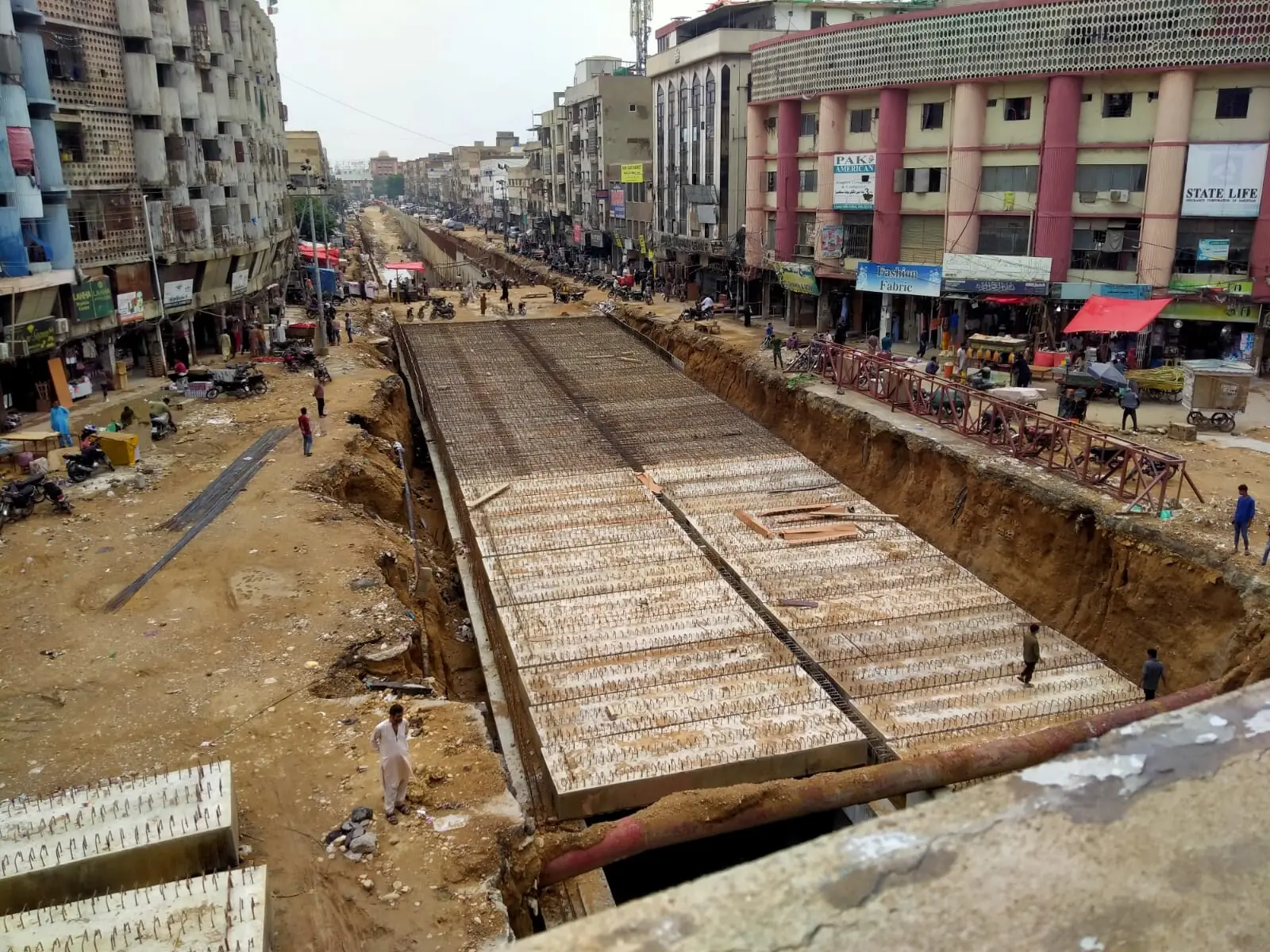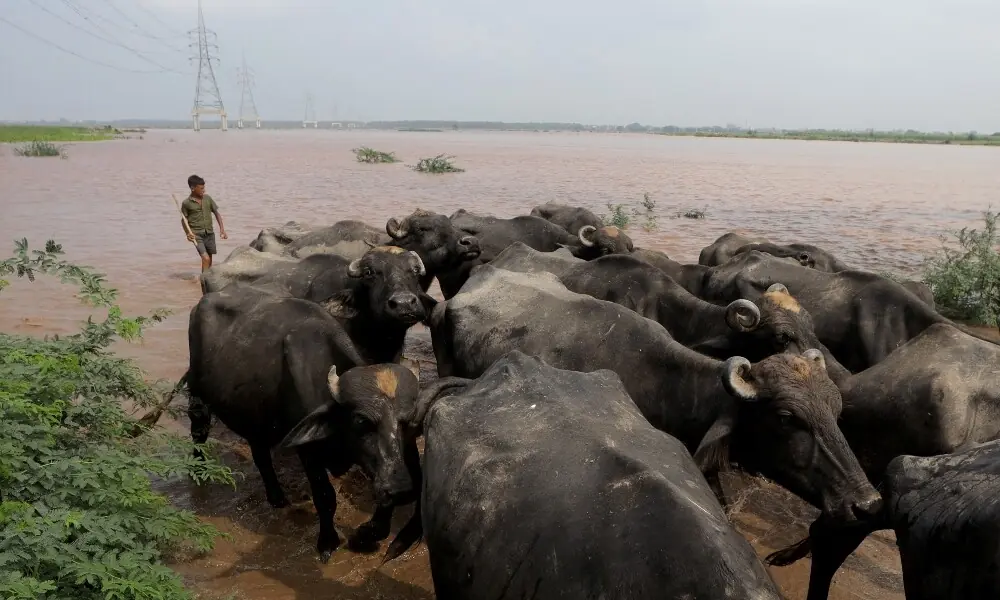Calculating the costs of natural disasters is a valuable way for governments to recognize and limit the potential for damage, especially as extreme weather linked to climate change occurs more often, the United Nations' disaster prevention chief says.
Recent deadly landslides caused by floods in Peru and Colombia show the urgent need for governments to prepare better and invest more, said Robert Glasser, head of the UN Office for Disaster Risk Reduction (UNISDR). "It's important to quantify the costs. As long as the costs of these disasters are invisible, it is very easy to ignore them, and it's very hard to make the case to spend money on prevention," he told the Thomson Reuters Foundation in an interview this week.
"It's about tying climate risk together with disaster risk more broadly and quantifying the costs historically and projecting future costs," he said. The heavy human toll and economic damage of flooding were laid bare in Colombia this month when two landslides killed more than 330 people and left thousands of others homeless. Flooding in Peru last month killed more than 100 people, while Hurricane Matthew in Haiti last year caused more than 600 deaths and $2.7 billion in economic losses.
"With climate change, we are seeing a marked increase in extreme weather," Glasser said Global economic losses from disasters have reached an average of $250 billion to $300 billion annually, according to a 2015 report by UNISDR. A yearly global investment of $6 billion would pay off in benefits of $360 billion in less damage and fewer economic losses in 15 years, the report said.
Yet spending on preparedness and resilience remains low. The UN has called on governments to spend at least 1 percent of development aid by 2020 on disaster preparation, but they currently spend just half that amount. Experts plan to address ways of lessening the impact of disasters and boosting funding next month in Mexico at a major meeting to review progress on the Sendai framework for disaster risk reduction that was adopted in Japan in 2015.
Basic measures to reduce the impact of flooding include mapping flood-plain areas, modelling flood water flows and having early warning systems in place, including alerts on cell phones, to evacuate people in time, Glasser said. Another key measure is preventing the building of settlements on precarious slopes and along river banks. "There's a huge return on investment with money spent on disaster risk reduction," he said.
BR100
15,085
Increased By
112.5 (0.75%)
BR30
44,012
Increased By
987.7 (2.3%)
KSE100
148,618
Increased By
1274.3 (0.86%)
KSE30
45,248
Increased By
370.7 (0.83%)





















Comments
Comments are closed.